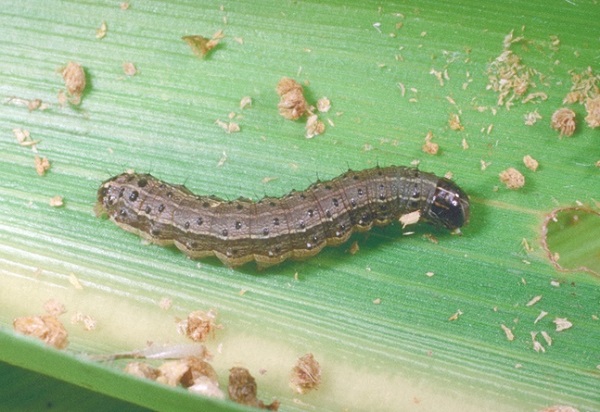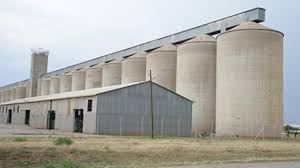Zimbabwe evaluates cotton GMOs to reboot sector
ZIMBABWE has embarked on a strategic initiative to evaluate the performance of genetically modified (GM) cotton varieties, aiming to revitalise the cotton industry, one of the country’s key agricultural and economic pillars.
The evaluation trials were spearheaded by the Ministry of Lands, Agriculture, Fisheries, Water, and Rural Development through the Cotton Research Institute.
Cotton, often referred to as Zimbabwe’s “white gold,” plays a critical role in the national economy, particularly in rural livelihoods.
It supports over 400 000 households, providing income, employment and downstream industrial value through local textile and oil-processing industries.
Zimbabwe is a significant exporter of cotton, with exports of raw cotton valued at US$147 million in 2022, placing it as the 16th largest exporter globally. Key destinations for Zimbabwean cotton exports include Lesotho, South Africa, Mauritius, Pakistan and Indonesia.
The trials, conducted under strict regulatory oversight, have demonstrated promising results, reinforcing the potential of biotechnology to enhance productivity, improve pest resistance and reduce pesticide use.
In an update, Dr Dumisani Kutywayo, Chief Director for Agricultural Research, Innovation and Specialist Services on behalf of the Secretary for Lands, Agriculture, Fisheries, Water and Rural Development, said confined field trials were implemented at five sites across the country.
Dr Kutywayo said four Bt hybrids (hybrids with the Bollgard Il gene) were compared with four non-Bt hybrids (hybrids without the Bollgard II gene) and two local open-pollinated varieties (OPVs).
“Natural pest incidence data for lepidopteran pests, in particular bollworms, were recorded, namely helicoverpa armigera (cotton bollworm), diparopsis castanea (red bollworm), earias insulana (spiny bollworm) and pectinophora gossypiella (pink bollworm). Cotton locule damage was recorded,” said Dr Kutywayo.
“Spraying for bollworms and other pests was done when insect counts exceeded predetermined threshold levels. For Bt hybrids, five bollworm larvae at the second instar stage/8mm long (escapees) warranted spraying, while for the non-Bt hybrids and OPVs, spraying was done according to bollworm type as follows: heliothis bollworm: 12 eggs per 24 plants, red bollworm: six eggs per 24 plants, spiny bollworm: six larvae per 24 plants.”
According to the update, the initial findings have been encouraging.
Bt hybrids demonstrated the lowest pest incidences, approximately two times lower than OPVs and three times lower than non-Bt hybrids.
Locule damage was also lowest in Bt hybrids at 19,9 percent, compared to 39,55 percent and 40,55 percent for non-Bt hybrids and OPVs, respectively.
However, Dr Kutywayo cautioned that the results are still preliminary.
“The performance of Bt hybrids under these experimental conditions requires further investigation to establish the implications of the results on yield and costs of production,” said Dr Kutywayo.
A successful revival of the cotton sector through technology such as Bt cotton could result in increased yields, reduced pesticide use, and improved profitability for farmers, thereby stimulating rural economies and enhancing national food and fibre security.
In line with the Farm Feeds and Remedies Act (Chapter 18:12) and the Pesticide Regulations of 2012, three full seasons of data are required before any conclusive decisions are made.
During the third season, cotton crops will be deliberately infested with bollworms to simulate high pest pressure and evaluate Bt hybrid performance under stress conditions.
Dr Kutywayo said: “In the interim, no firm conclusions can be drawn from the trial results.”
The initiative marks a significant step toward modernising Zimbabwe’s cotton sector and unlocking its full potential for economic growth and rural development.
The cotton value chain is one of the 10 priority value chains under the National Development Strategy 1 (NDS1).
NDS prioritises quick-win value chains, namely agro-processing, pharmaceuticals, bus and truck assembly, iron and steel, engineering and plastic waste.
Under the agro-value chains, focus is on soya bean, fertilisers, cotton, sugar cane, dairy sector and leather, leveraging on existing, but creating additional and new capacity.-herald











